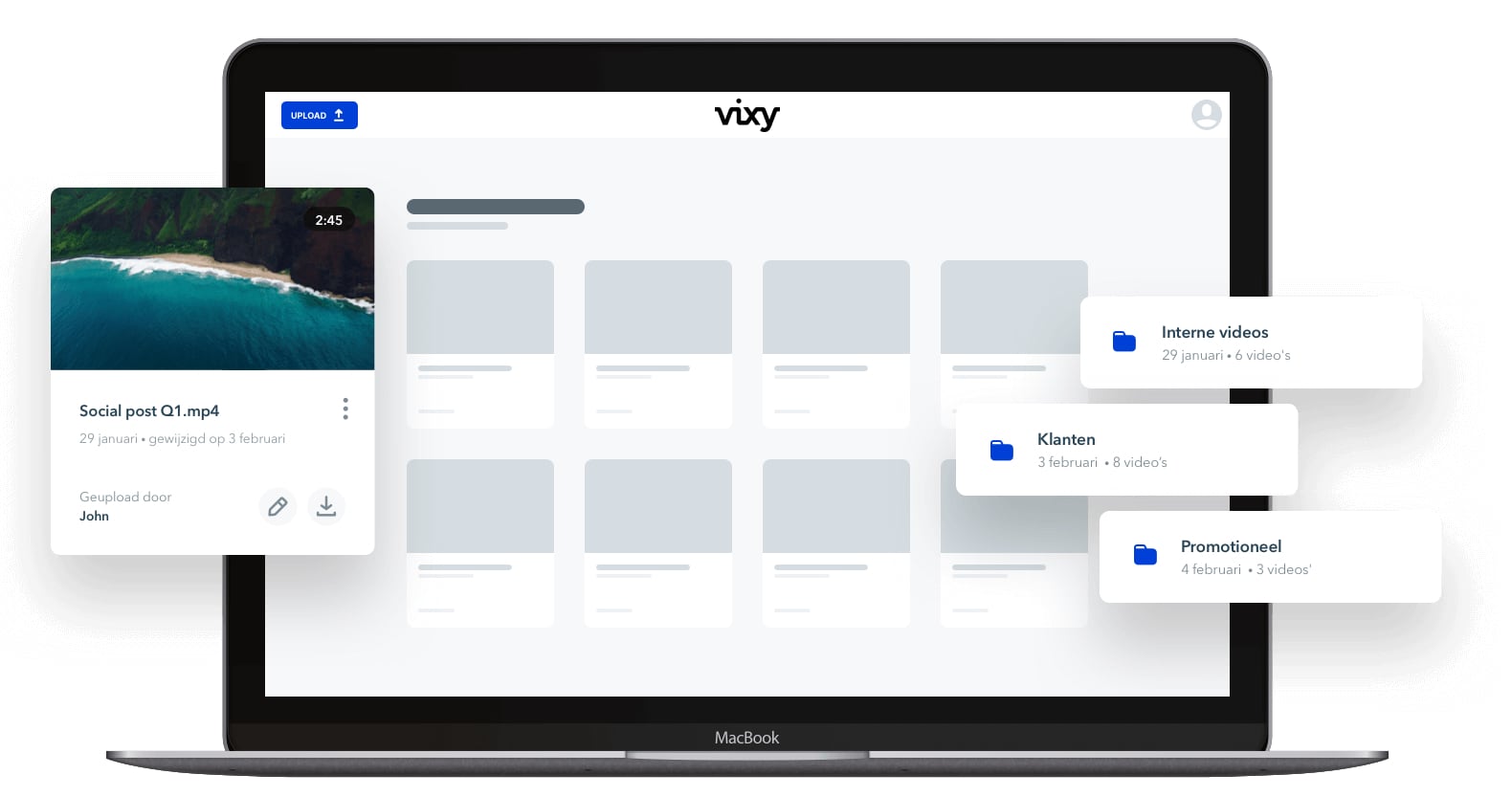Video Hosting: choose a reliable and flexible platform..

The Web Content Accessibility Guidelines (WCAG) is a set of standards established by the World Wide Web Consortium’s (W3C) Web Accessibility Initiative designed to make websites and web pages accessible to people with disabilities. The set of guidelines addresses common barriers preventing people from using digital platforms.
The WCAG documents explain how to make web content more accessible to people with disabilities. Web “content” generally refers to the information in a web page or web application, including:
Modern browsers provide a default media player. Most have limited functionality to support accessibility. Rather than coding all the things needed to make a player support accessibility, most organizations choose to use an existing player with good accessibility support. There are players developed specifically for accessibility. Some are free, open source and some are commercial.
Player Accessibility Functionality
Accessible media players provide a user interface that works without a mouse, through speech interface, when the page is zoomed larger, and with screen readers. For example, media players need to:
Some media players provide additional accessibility functionality to users such as:



